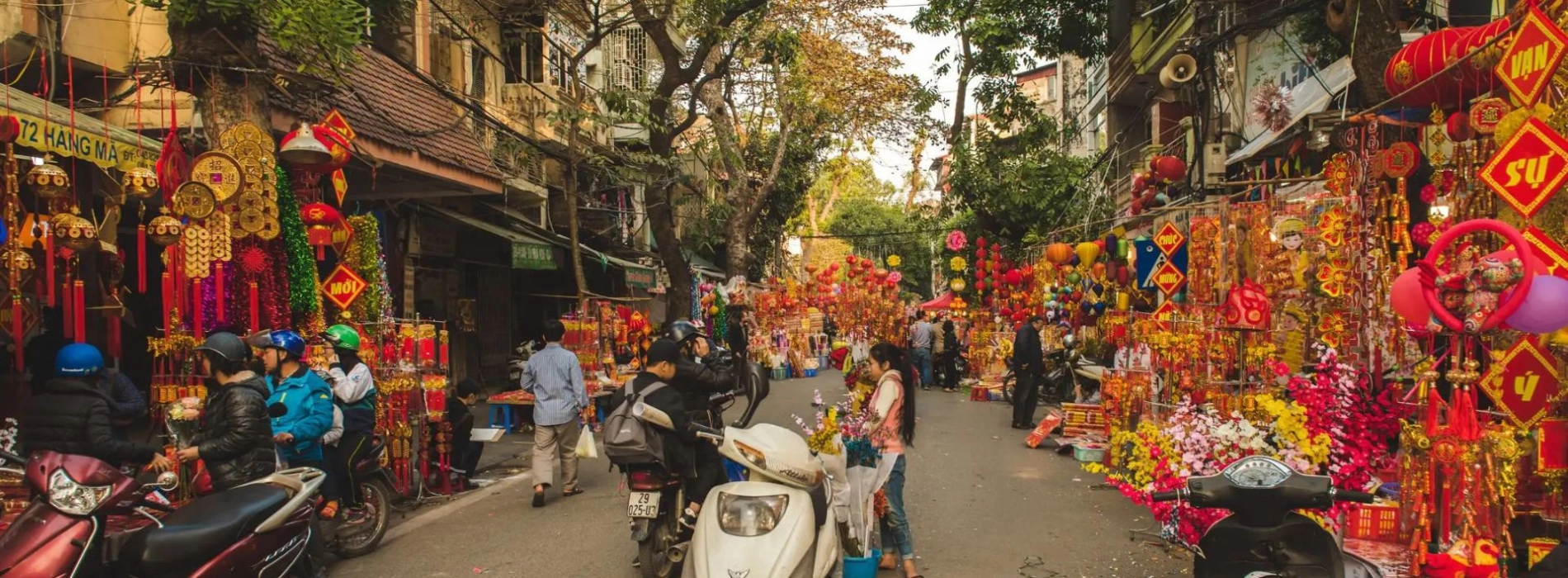
Cultural etiquette in Vietnam is the key to observing Vietnam respectfully and in its authentic way. It does not matter what you wear, but the way you greet the people. Travel is not sightseeing, at Asia King Travel we recognize that travel is all about connection.
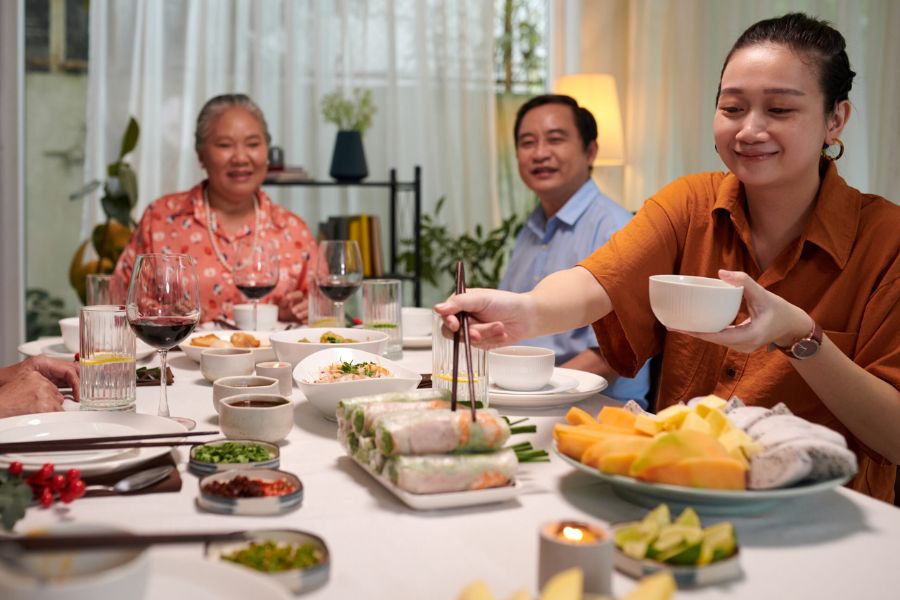
Cultural etiquette in Vietnam
Vietnamese culture is informed by centuries of tradition, Confucianism, and a powerful community. Social harmony, familial loyalty, and respect for age are ingrained into everyday life. Vietnam cultural etiquette derives from these values, which inform how people engage with others, communicate, and behave in public. Collectivist decision-making has an important role that significantly is determined to prioritize the well-being of the group over personal desire.
Humility is esteemed and bragging is generally not acceptable. Education, hard work, and stick to it giveness are considered avenues to success. Religious and spiritual beliefs, from Buddhism to ancestor worship, influence tradition and custom. Hospitality is also a core value, guests are greeted with open arms, commonly with food and tea as an expression of respect.
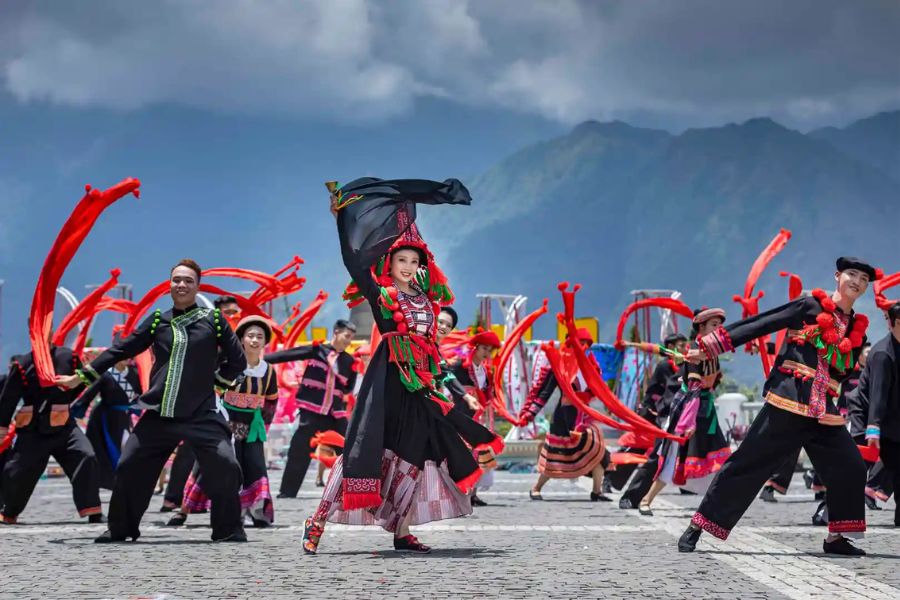
Overview of Vietnamese values
Read more: Classic Highlights Vietnam
1. Do Greet People with a Smile and a Slight Bow
In Vietnam, a warm smile goes a long way. Though handshakes are practiced in urban cities, particularly between men, a slight bow of the head is a courteous traditional greeting. This is a simple but significant aspect of Vietnam cultural etiquette tours, as it expresses politeness and humility.
When encountering elders or individuals of greater stature, greet them first as a gesture of respect. You do not need to overdo it, a simple smile and nod will make locals more open to engaging with you.
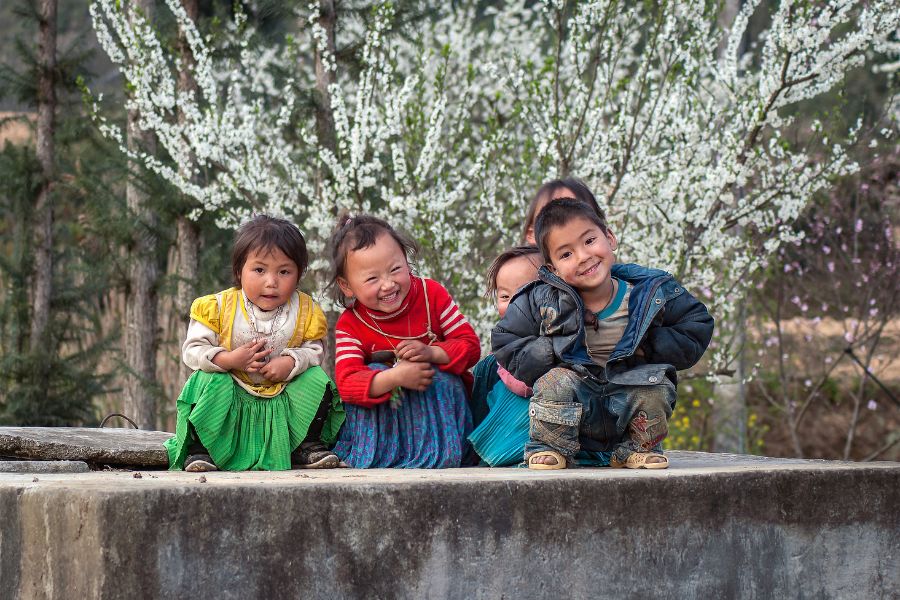
Greeting people with a smile
2. Use Both Hands When Giving or Receiving Items
When you pass something as a present, pay for something, or receive a business card, do it both-handed. This small gesture conveys being careful and respectful, two of the most vital aspects of Vietnamese Etiquette. When you can, bend your head slightly when doing this, especially when you interact with older individuals.
Doing this with both hands shows that you mean business, while doing it with one hand could make you look careless or inattentive, something, in a formal environment, which can be interpreted as rude.
3. Dress Modestly in Temples and Rural Areas
When you are in pagodas, temples, or countryside villages, you need to dress modestly. For women, there needs to be shoulder and knee cover, and for men, sleeveless tops are not allowed. Wearing respectful clothing is not quite the same as religious manners, it's a big component of Vietnam cultural etiquette and proves that you appreciate local customs.
Light weight, loose garments will keep you cool and still decently covered. Scarves or shawls will prove useful if you need to make changes to your attire before you visit a sacred place.

Dress modestly in temples of Vietnam
4. Remove Shoes Before Entering Homes or Temples
In Vietnamese culture, shoes are dirty and must be taken off upon entering a home or sacred area. This practice is rooted deeply in cultural etiquette in Vietnam tours. A shoe rack or a stack of shoes outside is a good sign to look for. Wearing socks or being barefoot indoors is nothing out of the ordinary. To break this rule could not only be offensive but also introduce dirt into areas kept spotless by the locals.
5. Address People with the Correct Titles
Vietnamese culture is very formal when it comes to rank and respect for age. When addressing an elder or a superior, utilize formal terms such as "Anh" (older brother), "Chi" (older sister), "Ong" (Mr.), or "Ba" (Mrs./Madam).
This linguistic politeness is a major component of Vietnamese etiquette. Using these titles helps establish a respectful connection and shows that you’re making an effort to adapt to local communication styles.
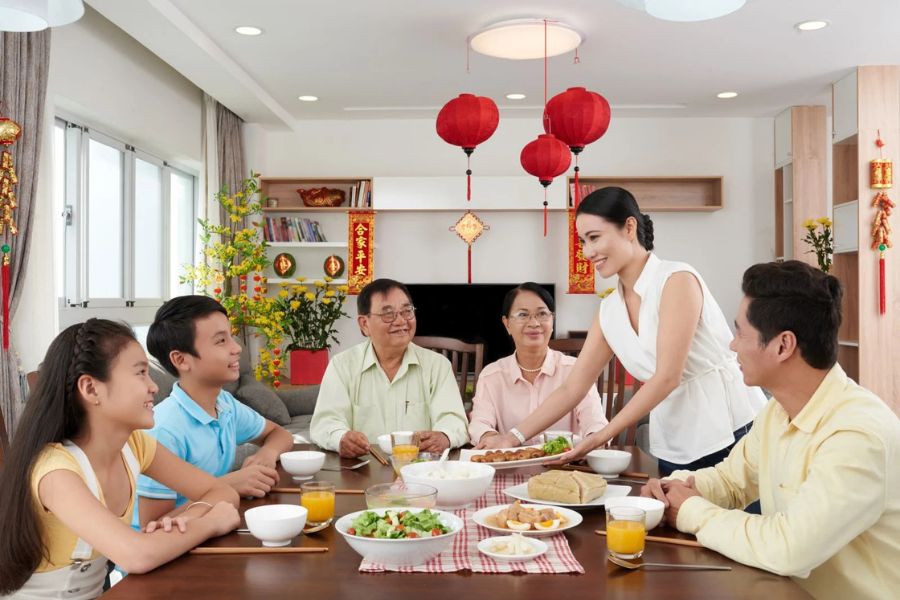
Using correct titles helps establish respectful connection
6. Accept Food and Drinks with Gratitude
Hospitality is what Vietnamese Cultural Etiquette is all about. When offered tea to drink, some snacks, or a meal, it is considered good manners to accept, at least a sip or a bite. Refusal would be barbaric. A smile and "Cam on" (thank you) are good manners. For the most part, your host will keep offering food, it's acceptable to decline politely after several servings, but always thank them for inviting you.
7. Show Respect at Sacred Sites
When visiting sacred sites, walk softly, do not use flash, and pay attention to signs. Avoid touching religious statues and relics unless it is clearly permitted. Vietnamese cultural values encourage quiet respect when visiting such sites. Even if nonreligious, showing respect for the native faith will be appreciated by locals as well as fellow travelers.
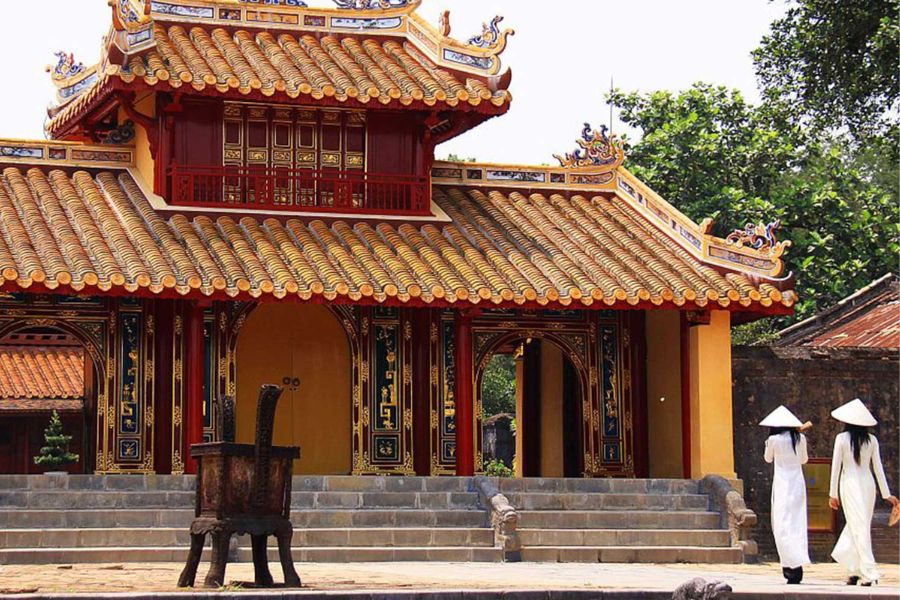
Show respect at sacred sites
8. Learn Basic Vietnamese Phrases
Speaking a little bit of Vietnamese like "Xin chao" (hello), "Cam on" (thank you), and "Xin loi" (sorry) can take you very far. People will appreciate the effort even if you don't pronounce it well. This is an understanding way to reach out and also demonstrates that you are tackling cultural etiquette in Vietnam on a personal level. It could also make it easier to get through day-to-day interactions.
1. Don’t Point Your Feet at People or Sacred Objects
In Vietnamese culture, the feet are regarded as the lowest and "filthiest" part of the body, not hygienically but symbolically. To point your feet at another person, especially elderly people, monks, or statues of worship, is deemed rude. This is true whether sitting on the floor, kneeling, or reclining on a bench.
While visiting temples, pagodas, or domestic altars, always sit with feet behind or flat on the ground. Sticking your legs out in someone's direction, even in relaxed settings, can be rude. To observe this principle is a key element of Vietnam cultural etiquette, showing that you respect and are aware of personal boundaries and religious customs.
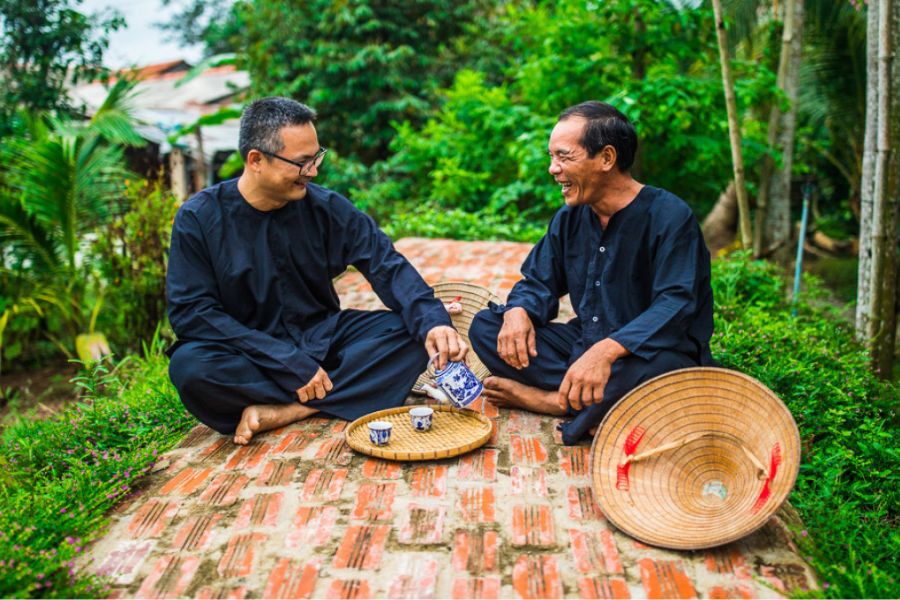
Pointing feet at people are rude
2. Don’t Touch People’s Heads
In Vietnam, as in most Asian cultures, the head is the most dignified part of the body, the seat of one's spirit and pride. Touching someone's head, a child or an adult may find this intrusive or even offensive. Ruffling a child's hair may be playful in Western cultures, but in Vietnam it could be seen as entering one's personal space.
If you are being intimate with someone, a child especially, always read the situation or ask first before you touch their head. Don't touch heads is a straightforward but necessary rule in cultural etiquette in Vietnam and will enable you to have respectful interactions in informal and formal situations.
3. Don’t Publicly Display Excessive Affection
Vietnamese culture, although welcoming and warm, is conservative such that love is not openly expressed. Hand holding is acceptable, but kissing, embracing, or physical contact intimately, especially in rural areas, will cause discomfort. This is especially so when there are elderly persons around or in traditional settings.
Vietnam cultural etiquette tours believes in modesty and restraint in public, so physical intimacy is best saved for private. Even among young Vietnamese couples, public displays of affection are more muted than in much of the West. Paying attention to this cultural rule not only avoids embarrassing stares but allows you to blend in with ease.
Read more: Vietnam Tour 11 Days: Hidden Gems of Vietnam
4. Don’t Loudly Complain or Lose Your Temper
Maintaining a calm demeanor is highly valued in Vietnamese society. Shouting, swearing, or showing visible anger in public is seen as a loss of face not just for you, but for the people you’re interacting with. Vietnam travel guide encourages polite, measured communication, even when disagreements arise.
If there is a problem at a hotel, restaurant, or market, be courteous and keep your body language relaxed. Locals are far more likely to help when they're approached politely and calmly. Complaining loudly not only puts everyone on edge but can draw unwanted attention, making life miserable for everyone involved.
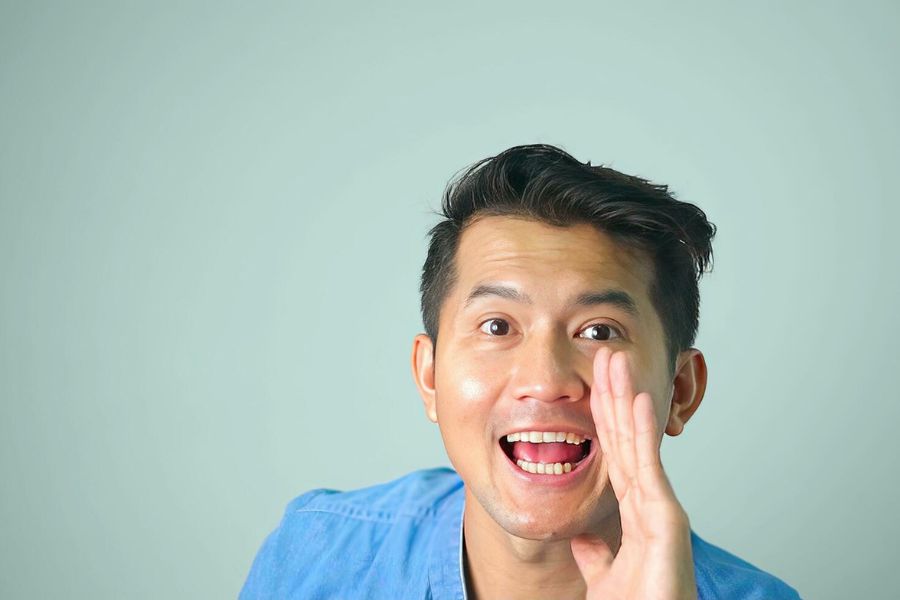
Maintaining a calm demeanor is highly valued in Vietnamese society
5. Don’t Disrespect the Vietnamese Flag or Currency
National symbols like Vietnam's red flag with a yellow star are important. It is as good as an insult to misuse the flag, use it improperly, or mock it. The same goes for Vietnamese currency, which bears images of Ho Chi Minh, the country's venerated leader.
Stepping on money, crumpling it carelessly, or using it inappropriately goes against Vietnam cultural etiquette and can upset locals. Even in casual settings, treating national symbols with care reflects your respect for the country’s identity and history. When in doubt, handle these items with the same care you’d give your own nation’s symbols.
6. Don’t Enter a Home Without an Invitation
While Vietnamese hospitality is generous, privacy is respected. Walking into someone’s home uninvited, especially in rural areas can be seen as intrusive or even suspicious. As part of cultural etiquette in Vietnam, wait until you’re explicitly welcomed in before stepping across the threshold.
Often, you’ll be greeted at the door, and it’s customary to remove your shoes before entering. If you just pass by someone's house and are asked in for a cup of tea, then it is polite to go, but under no circumstances go in presumptuously without being asked. The deference to personal space indicates consideration and earns goodwill with people one meets.
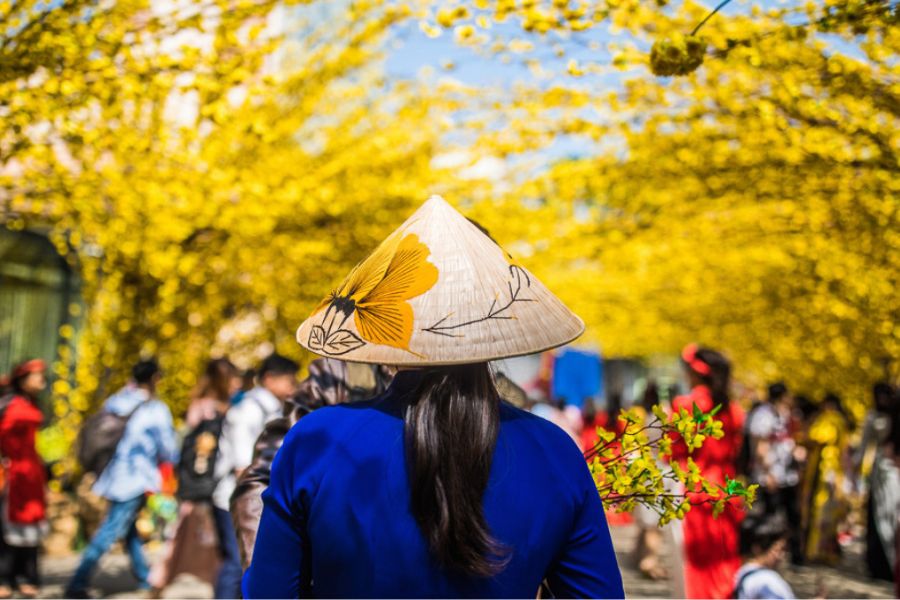
Walking into someone’s home uninvited can be seen as intrusive
7. Don’t Point with Your Finger
Pointing at someone in Vietnam using your index finger can come off as aggressive or accusatory. This is especially true in formal situations or when addressing someone older than you. Use your whole hand with the palm facing upwards or a subtle nod of the chin in informal situations instead.
It's a small but important part of Vietnam cultural etiquette that helps you sound polite and not confrontational. When directing directions or indicating something to a resident, this less conspicuous way of pointing will be appreciated and seen as good manners.
8. Don’t Bargain Aggressively
Bargaining is a way of life when shopping at Vietnamese markets for souvenirs, clothing, or fresh fruits and vegetables. Bargaining has to be friendly, however, not hostile. Indicating a counteroffer with a smile and then agreeing to meet halfway is polite. Cutting prices too low or haggling insults the unwritten rules of cultural etiquette in Vietnam.
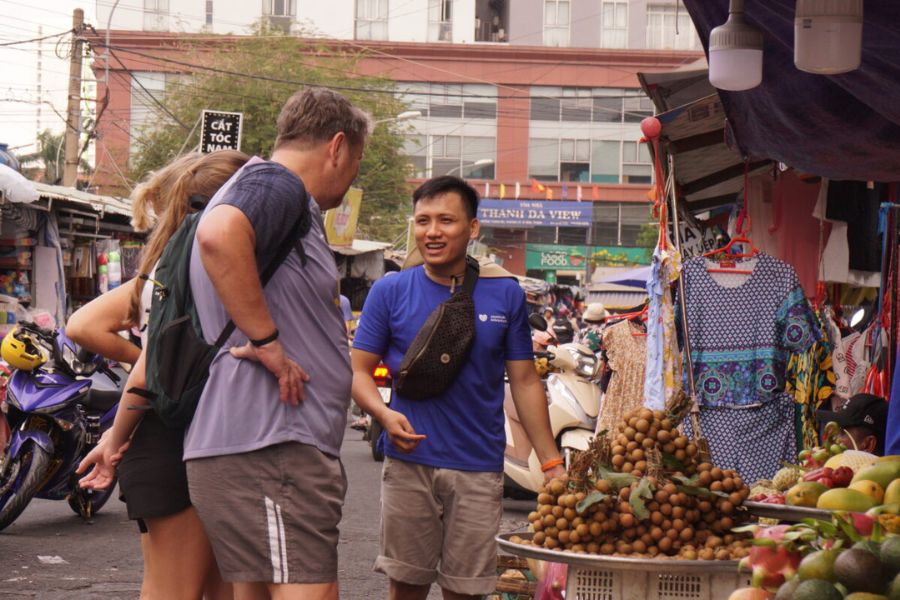
Bargaining is a way of life when shopping in Vietnam
Learning Vietnamese cultural etiquette is not mere memorization of strict and rigid rules, it's knowing how to practice respect, humility, and openness. Vietnamese Cultural Etiquette Do's and Don'ts will not only keep you from having embarrassment-inducing moments but also enhance your cultural journey.
For a Vietnam travel guide experience that is more than mere sightseeing, an intermixture of adventure and culture, let Asia King Travel take charge.
Read more: Center Vietnam Tour 4 days 3 Nights: Center Discovery